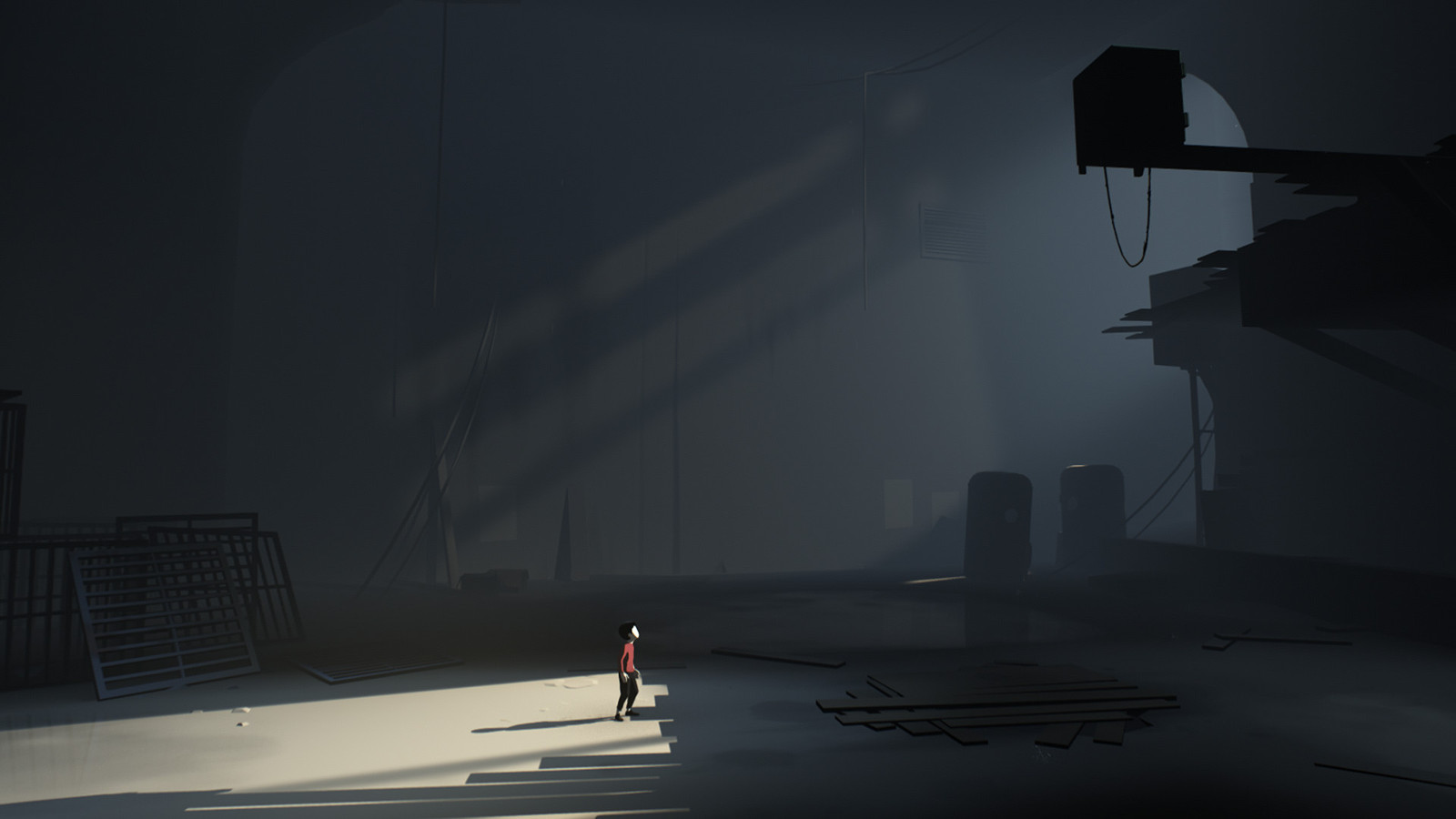
Review: Inside
Posted by Curtis H on September 12th, 2016 | 0 Comments | Tags: Inside
Inside is the kind of game that’s incredibly difficult to review simply because I don’t want to say ‘too much’. It’s something that you should play for yourself without any preconceived notions about the kind of story it’s about to tell or where things might lead once you start to dig deeper. What can be said, something that’s immediately noticeable, is just how much Inside aims to improve upon the formula that Playdead started with their previous game Limbo.
Inside’s lead, much like Limbo, is a young boy who finds himself alone at night in a dangerous world. The two games control similarly, both have incredibly grim deaths, each story is told without words, and each follow a similar puzzle solving format. But, despite there being no apparent story ties to make this a sequel, so much of Inside feels like a very deliberate improvement over everything that Limbo brought to the table. The animations are vastly improved, there’s a significant amount of detail throughout the environment, puzzles fit seamlessly within the world complete with a new mechanic that ties directly into the story, and now the boy can do much more than just run-and-jump. Playdead took everything that Limbo introduced and either improved it or added something new ensuring that Inside never feels like a retread of their prior work.
Perhaps the most fascinating element of puzzle solving in Inside comes in the form of ‘mind control’. At an early point in the game the boy finds a helmet that is capable of controlling groups of people. Naturally, this can be used to help solve any number of puzzles and, when you’re eventually able to take the helmet with you, opens up the possibility for some really crazy puzzle sequences. It’s not just that the puzzles are well made either, this ‘mind control’ ability heightens the overall narrative that Inside is trying to tell and really helps to sell just how creepy and bizarre this whole world is. From the start, it’s clear that something isn’t quite right and this one mechanic, coupled with a number of other crazy ‘moments’, helps to craft the kind of world that’ll make your skin crawl.
It’s this world building through puzzle design that makes Inside such an impressive and memorable game. Most puzzles aren’t too difficult, but instead are designed in such a way to make you think. As new mechanics are introduced, new elements of the world revealed, Inside makes use of clever puzzle design instead of dialogue to make players question the very nature of the world that Inside takes place within.
Then there’s the entire last ten minutes of this game, the events of which are just about impossible to even put into words. The conversation around Inside started well over a month ago with its original release on PC and Xbox, but much like Limbo, it’s a conversation that starts not with the gameplay, but with its story and how things come to an end. I loved the implications of Limbo’s ending, it’s something that I think about quite often still, but Inside’s final chapter is the kind of thing that keeps you awake at night. It’s an unrelenting storm of nightmarish realities that completely blindsides you, and then things just get weirder from there. It would be an incredible disservice to spoil anyone on what happens in this game, this is something that people should see for themselves, quite frankly, I’m not sure you’d believe me even if I told you.
A copy of this game was provided by the publisher for review purposes. For more info on our review policy click here.
General Info
- Platforms: PS4 (Reviewed)
- Release Date: August 2016
Score:
What I Like:
- Interesting locations and great world building
- Puzzles help deepen the mystery and make you question the very nature of the world itself
- The character animations
- Plenty of little details, things that might spoil the game if I get too specific though.
- That ending




